8 Common Clearinghouse Rejection Codes: Debunked
There are several common mistakes providers make when submitting their claims. Below are eight overarching common issues with claims resulting in clearinghouse rejection codes.
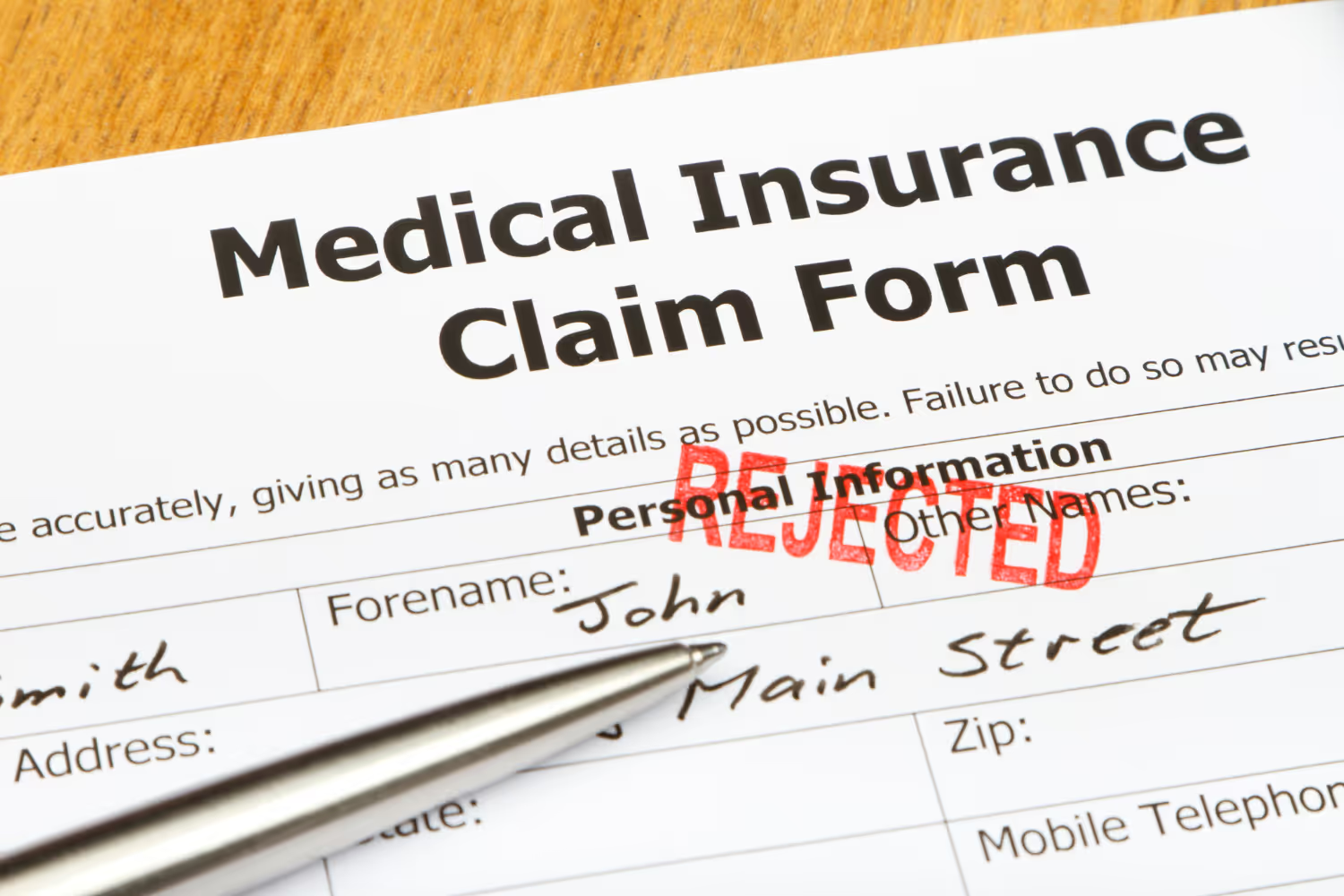
Medical billing is a headache. After all, you clicked to read this blog post because of those pesky rejection codes, right?
So what is a rejection code?
A claim rejection is not a denied claim. That’s one of the biggest misconceptions about clearinghouse rejections. It's just not true.
A claim rejection happens because you submitted the claim to a payer or your clearinghouse.
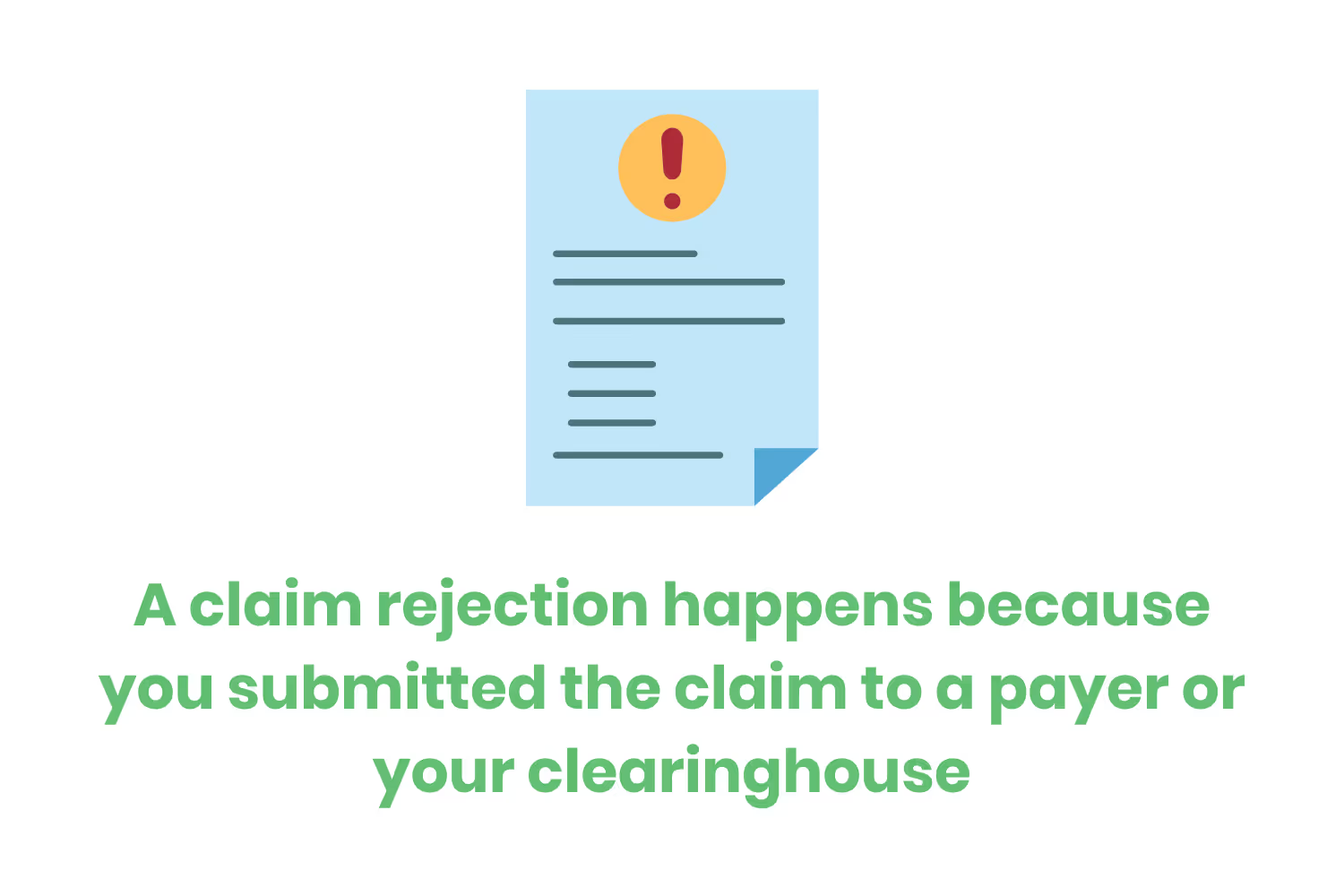
From the payer's perspective, a rejected claim is something that wasn’t processed or was never entered into the system. For reference, denials are fully processed but inaccurate claims.
From a clearinghouse perspective, a claim bounces back to you because of a preliminary step in the medical billing process.
On both levels, rejections are the result of having incorrect or invalid information provided in a claim in comparison to the payer’s files.
Here is the good news: since the claim wasn’t denied, the payer can still pay the rejected claim once it's fixed!
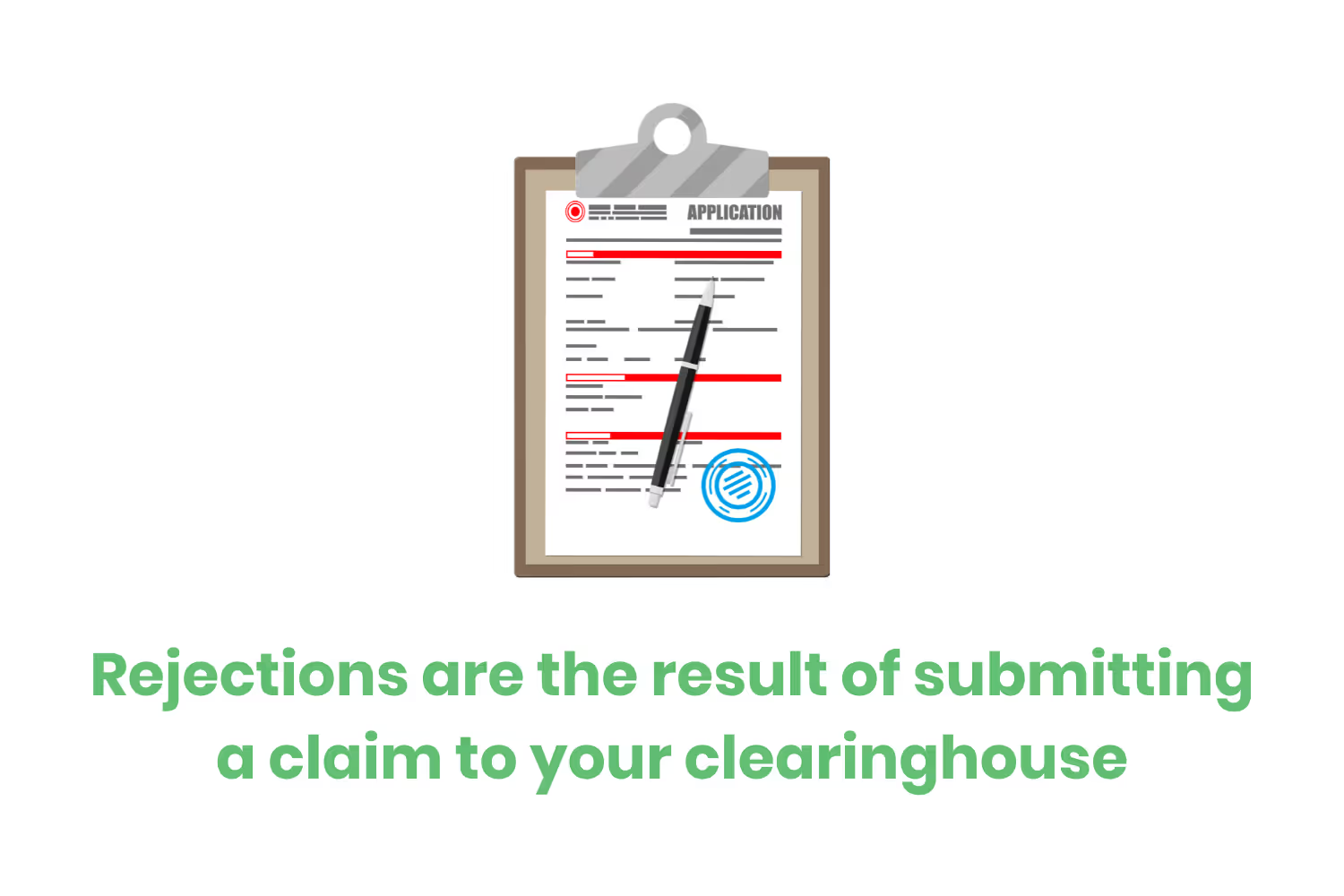
In a nutshell, clearinghouse rejection codes are the result of submitting a claim to your clearinghouse. Simple enough. The rejection part is simply a result of that process.
It’s also important to note that clearinghouse rejections are there to help you. Since clearinghouses act as a middleman between you and the payer, they’re familiar with each payer’s submission requirements. Sending your claim to your clearinghouse for its review BEFORE the payer is like spellcheck. If there are any discrepancies in the claim that you submit, you’ll receive a clearinghouse rejection. That way, you can fix any issues associated with your claim before losing money on a payer level.
Hopefully, all of that helps clear things up.
The problem with clearinghouse rejection codes is that they’re different for each business. This can be a headache in itself if you switch providers. Even though the specific code might be different between clearinghouses, the explanations largely remain the same.
Despite this, all of the rejection codes come with their explanation blurb. So it’s easy to understand what went wrong when you receive a rejection notice.
There are several common mistakes providers make when submitting their claims. Below are eight overarching common issues with claims resulting in clearinghouse rejection codes.
Billing Provider Name Missing/Invalid
Claim rejections often happen because the billing provider’s name is missing or invalid in the paperwork. This error is likely to occur because someone submitted the claim with the wrong billing National Provider ID (NPI).
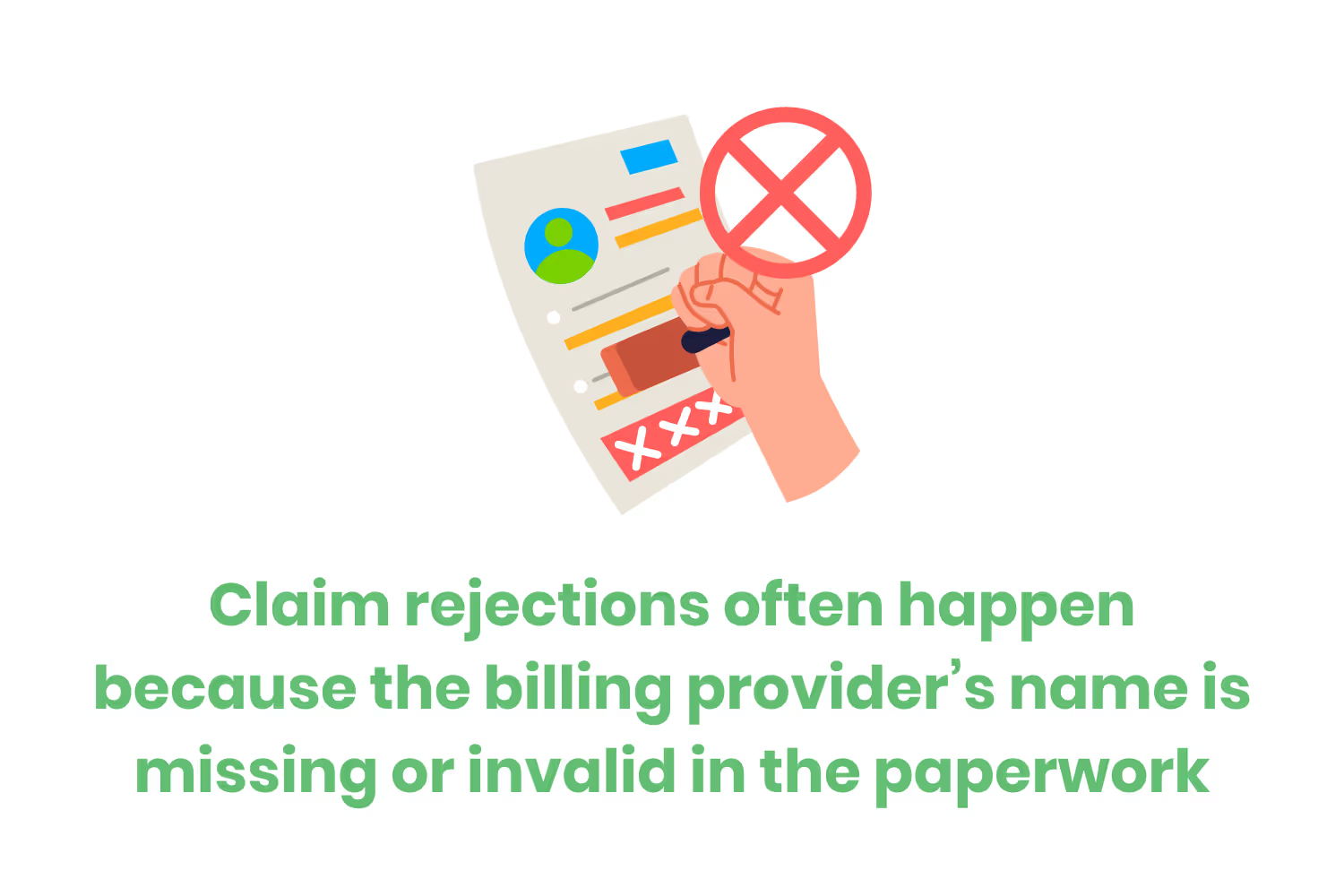
The NPI of the billing provider communicates which billing entity is responsible for billing the patient for healthcare services. The provider can also be a servicing, referring, or prescribing provider.
Many insurance companies have the billing provider’s NPI because the provider shared it at some point in the files. When the payer receives a claim, they look up the NPI in their database to see if it matches anything in their files. If the payer doesn’t have the NPI on file, they’ll reject the claim.
Additionally, the insurance company will also have the tax ID number. The tax ID is another way to identify the billing provider, so if it’s incorrect on the claim, this type of rejection code would also apply.

In summary, submitting a claim with the wrong NPI and/or tax ID leads to a clearinghouse rejection code.
Rendering Provider Name/Primary Identifier is Missing or Invalid
This claim rejection is due to the insurance provider failing to properly ID the patient.
To go forward with the claim, there needs to be an assigned insurance provider number (PIN) or some other form of identification including…
- State License number
- UPIN
- Passport number
- Social Security Number
Some form of legal identification of the patient needs to appear on the claim.
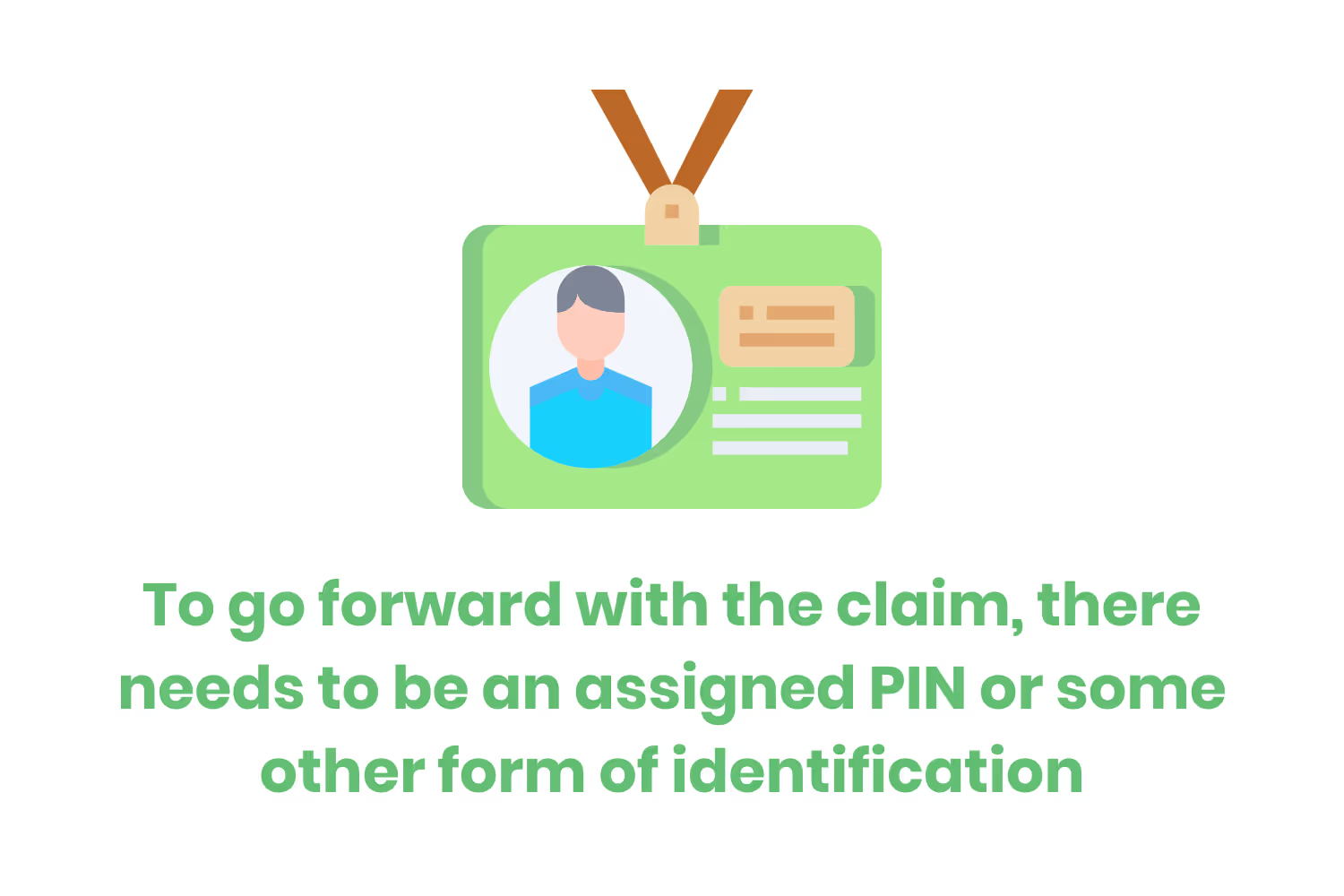
There are a few additional reasons why you might come across this type of rejection. You may need to call the insurance company to check on why they cannot find the member. Perhaps there was an update to the insurance company’s software that misplaced the patient’s information.
It could be that the patient is no longer covered by that particular insurance plan. If this is the case, then you have much more serious problems at hand. In the best-case scenario, the medical biller needs to get new insurance information from your patient.
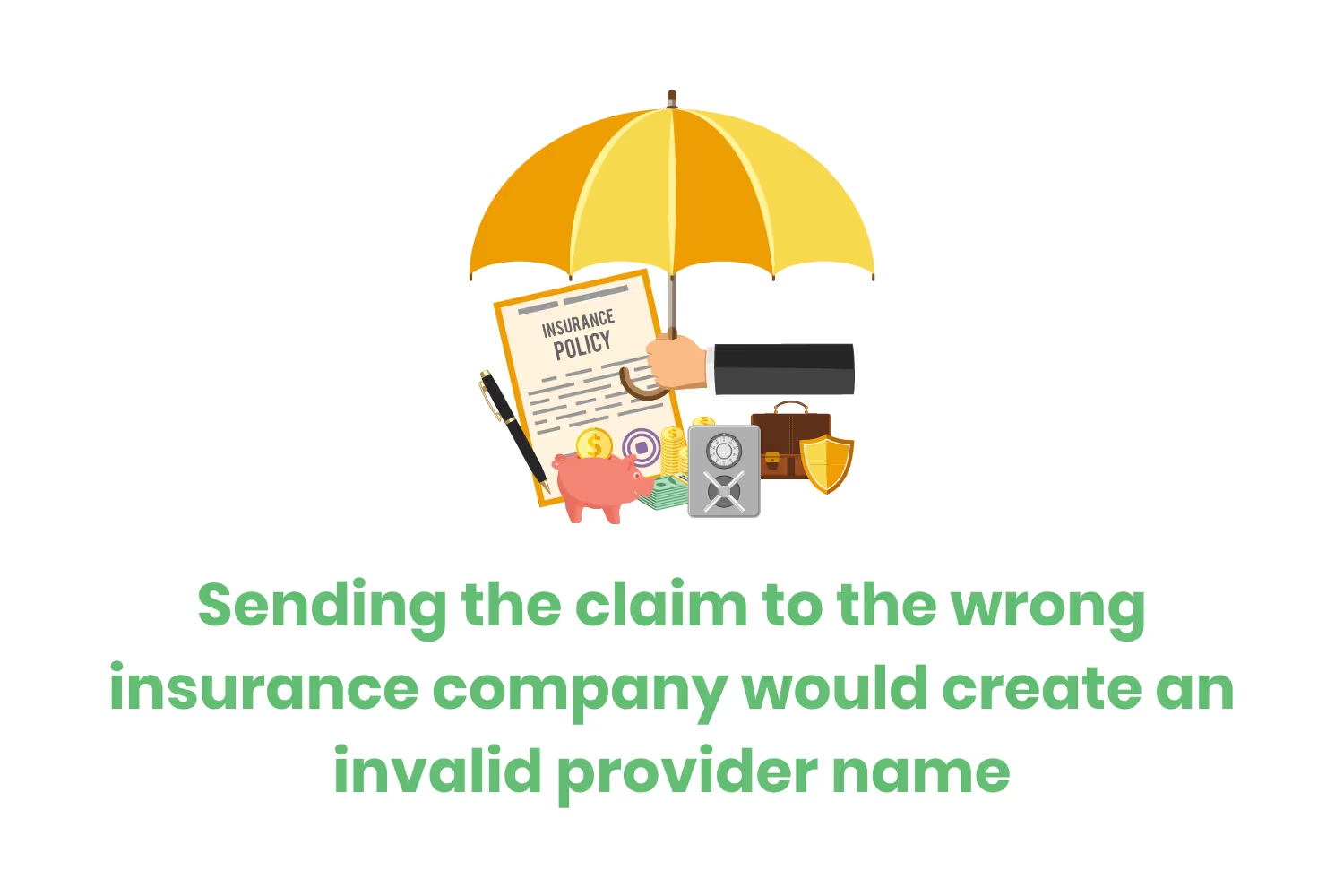
If you sent the claim to the wrong insurance company, then that would explain why they can’t find the patient in their records. When you get the rejection letter, make sure you call the phone number on the copy of the insurance card you received from the patient.
Postal Zone or Zip Missing/Invalid
Several different rejection codes surround the issue with zip codes and postal codes.
This primarily happens when the zip code is invalid for the city or state entered alongside the address for the policyholder.
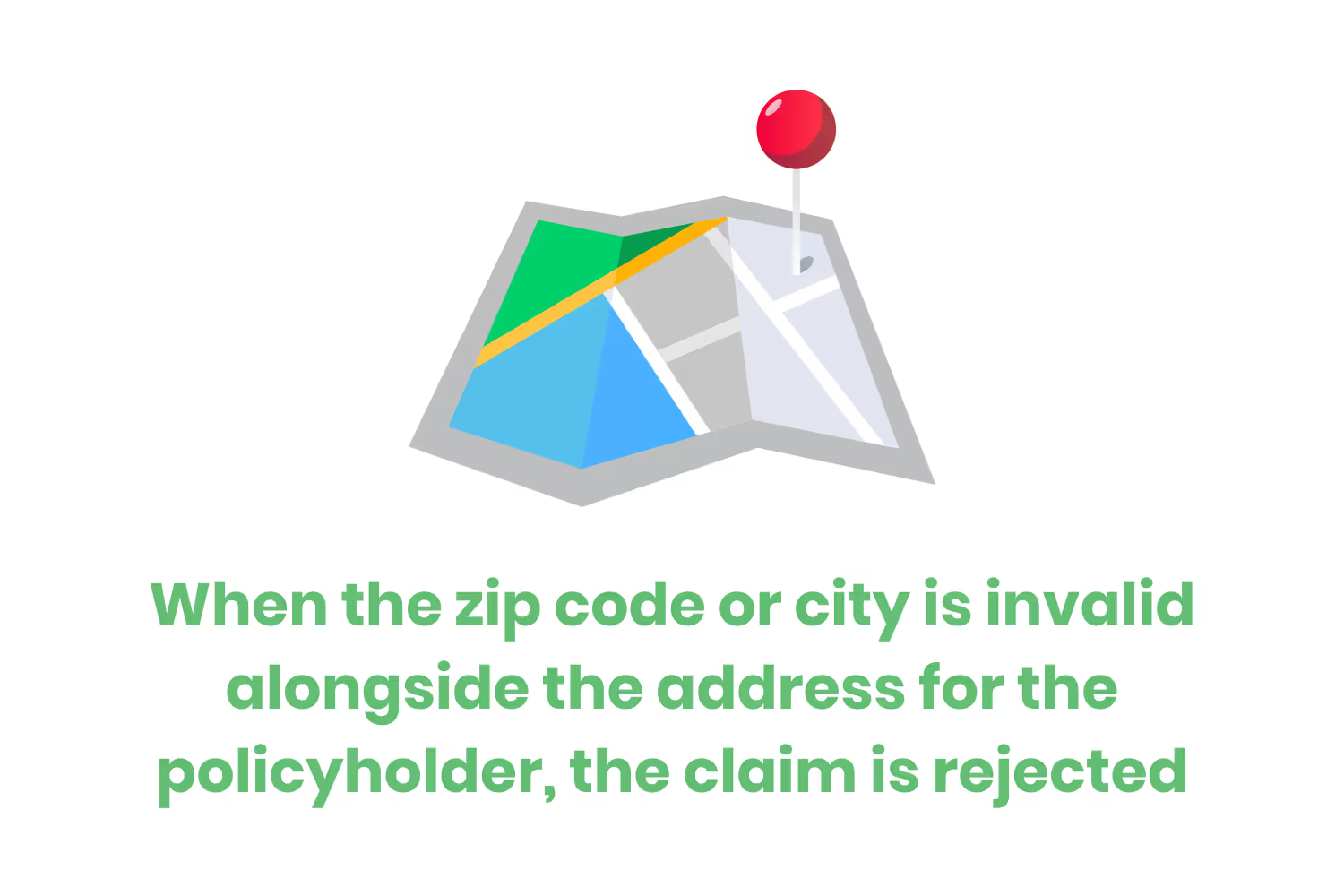
If the zip code doesn’t occur in the state specified in the claim, you would get this kind of rejection claim. This could happen because there was a simple typo in the zip code.
For example, someone may have…
- Double-clicked on the “7” without realizing it
- Typed a “5” instead of a “2” on the keypad
- Forgot to type the last digit in the five-digit zip code
Either way, there was some sort of error made at some point. This type of rejection applies to the insurance subscriber’s address and the responsible party’s address.

No matter the reason why the zip code is invalid, you need to correct the error. The simplest way to do this is to visit the United States Postal Service’s (USPS) website to search for the correct zip code associated with the address on file.
Diagnosis Code or Supplemental Code Missing/Invalid/Duplicate
This rejection happens because of a missing, invalid, or duplicate diagnosis code. The “diagnosis code” is also known as an ICD-10 code or CPT code.
If the four to seven-digit code doesn’t match the text explaining the diagnosis, then the clearinghouse will flag the claim with a diagnosis code error. The same goes for any supplemental codes used to better explain the primary diagnosis.

At this point, you might think, “what do you mean by supplemental codes?” I’ll give you an easy example.
Let’s say a cat bit you and your right hand started to bleed from the wound. You clean the wound and go about your day. However, your hand becomes infected and you need to go to the doctor.
The primary reason you went to the doctor is because of the cat bite. You will probably need antibiotics and a tetanus shot. The secondary code will be something along the lines of “infection of the right hand”. Both codes are relevant to your treatment and the insurance company needs to understand the full picture.
Therefore, if there is some sort of error with the diagnosis code or supplemental code, the claim needs some corrections.
Address/City Missing/Invalid
When translating patient forms into a screen setup, there will be errors from time to time.
Maybe the patient forgot to write down their city. Maybe their “e” looked like an “i” so you mistyped it into your computer.
Either way, typos are just the beginning of the rejection headache. A patient might forget to fill out a section of a form completely. They simply forgot to write the street name or the name of the city.
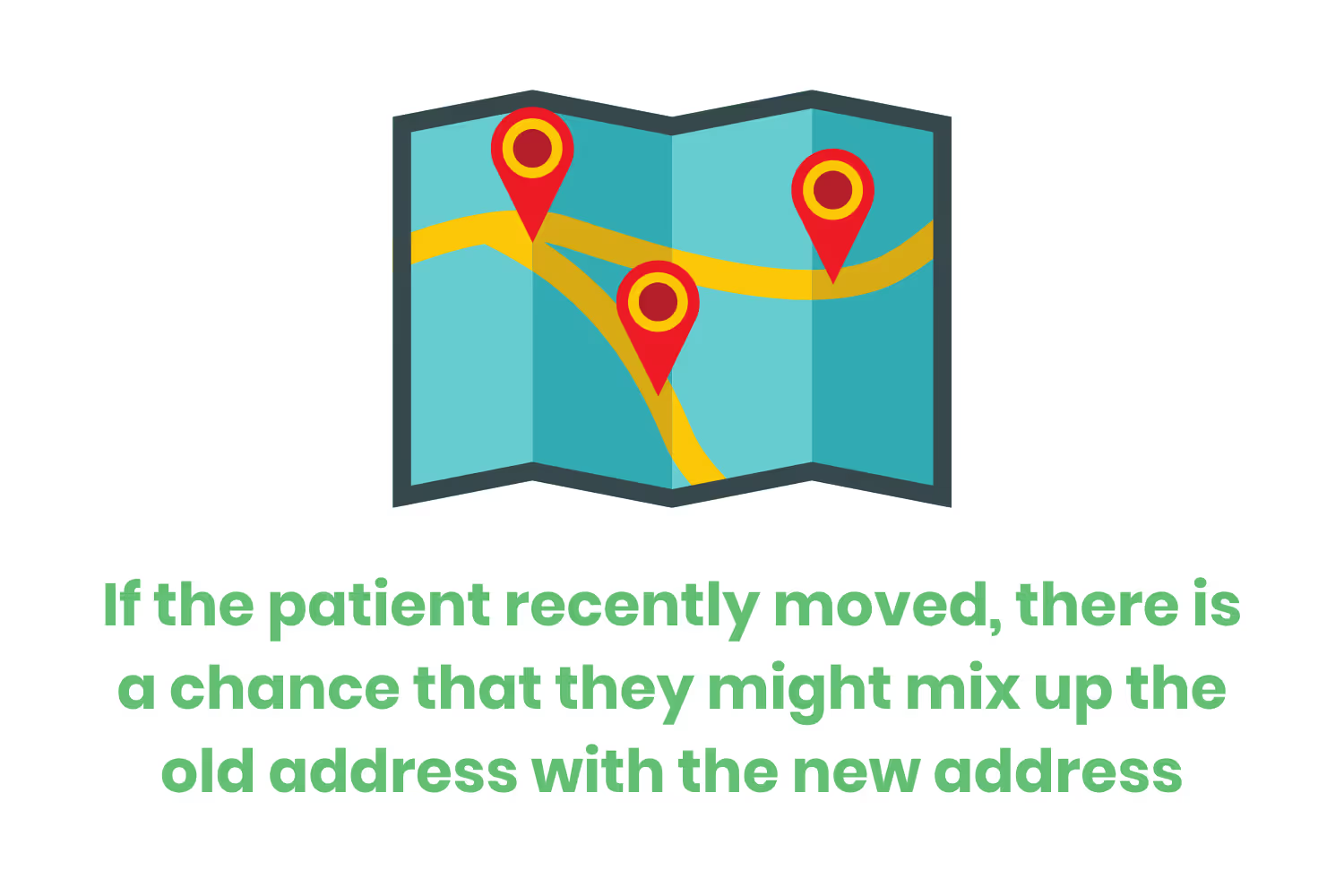
If the patient recently moved, there’s a chance that they might mix up the old address with the new address. If they mixed and matched the address and the correlating city, your clearinghouse will put the breaks on this claim.
Similarly, if the patient didn’t update their information if they moved, you might receive an address-related rejection notice.
Invalid Claim Data
An error involving invalid claim data can happen for many reasons.
Most of the errors that fall under this rejection umbrella involve insurance information entered online.

For example, an insurance plan might not cover the patient anymore. If this is the case, you will need to get new insurance information on the patient. Otherwise, you’ll need to bill the session to your patient.
You could’ve sent the claim to the wrong payer. You need to make sure you’re submitting to the correct insurance company. You may want to call the insurance company and ask them about their EDI Payer ID. Make sure that the EDI Payer ID matches the one in your system before adjusting the information in the claim.
If there’s a problem with the primary ID, that would also lead to an invalid claim data rejection notice. Make sure you don’t have any invalid characters for the primary ID.
For example, many insurance companies will have a slew of numbers after their ID. there is a space or dash before them to separate it from the main code. If you typed the dash or space yourself when you weren’t supposed to, that would cause an error.
Procedure Code/Modifier Missing/Invalid
When you file a claim to a clearinghouse, you need to provide information about the patient’s condition and illnesses. This in itself can pose problems if you type something incorrectly.
Insurance companies also want to know what happened during the patient’s visit and the course of treatment prescribed. All of this falls under the realm of “procedures”, each with its code and modifier.
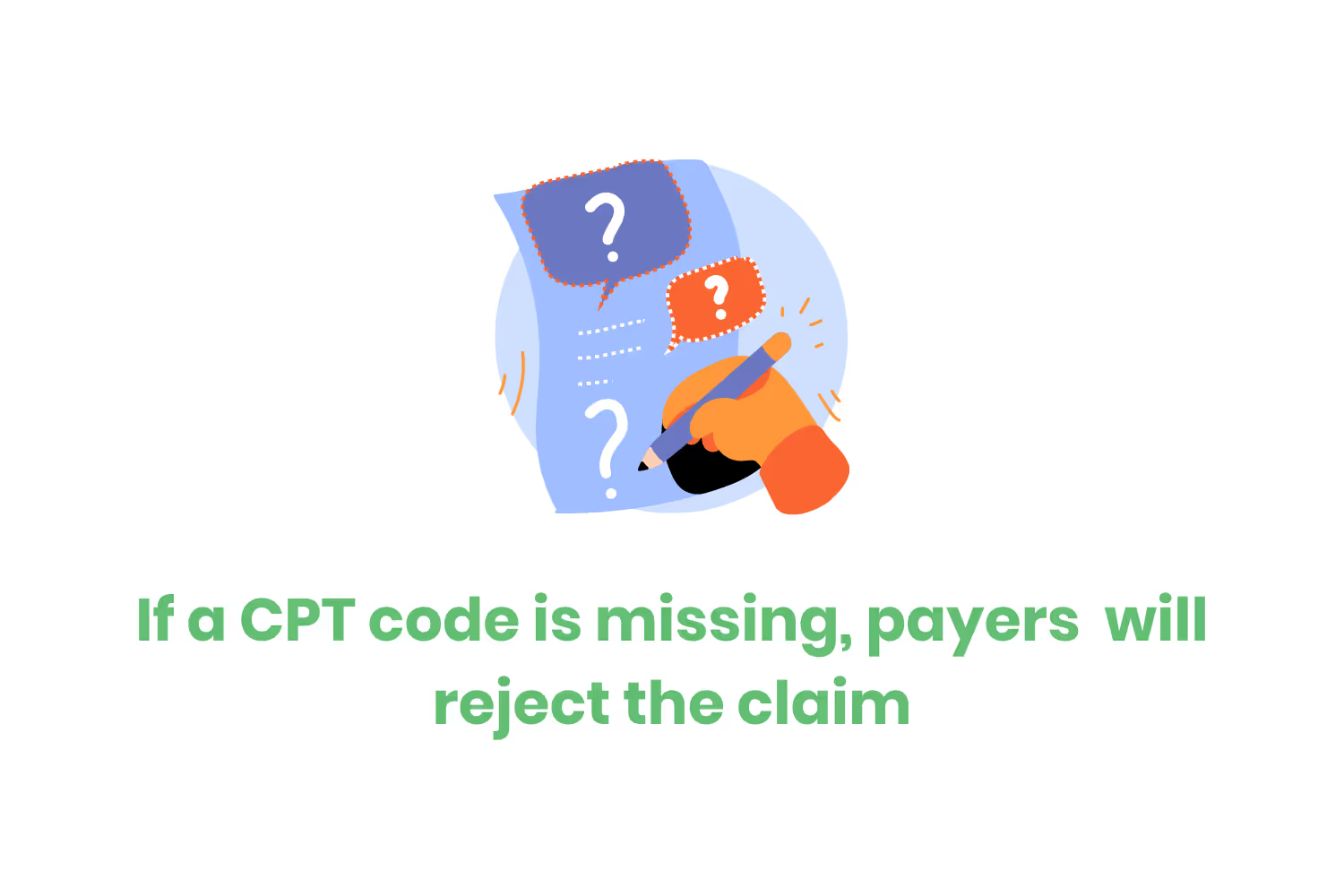
If this code or modifier is missing, payers return the claim with a rejection code. If the code or modifier is invalid for whatever reason, you’ll still have a denied claim on your desk. Maybe you mistyped the code or didn’t hit a key. Both these scenarios would cause a typo leading to a rejected claim.
If one or more of the dates of service on the claim is invalid, then you’ll need to talk to the patient to get a more recent copy of the patient’s insurance information.
Claim Level Date Missing/Invalid
Depending on the kind of care a doctor provides, the date on a claim can mean a few different things.
In the case of an inpatient scenario, the necessary dates might correlate to admission and discharge. This includes inpatient hospital visits, nursing facilities, inpatient psychiatric facilities, and inpatient rehabilitation facilities.

In the case of the emergency room or trauma center, a doctor needs to record when the patient received their injuries.
In general, no matter what kind of practice you run, there are important dates you need to include in a claim.
These involve the following…
- First Symptom Date (Onset of Current Illness)
- First Consultation Date (Initial Treatment)
- Accident Date
- Admission Date
- Discharge Date
- Date Last Seen
- Assumed Date
- Relinquished Date

If any of these dates are incorrect on the claim, the clearinghouse will send you a rejection notice and you will need to fix the errors. Luckily for you, most of these dates are in the patient’s files. Just make sure to follow HIPAA laws and procedures when accessing patient information.
Conclusion
Now that you’re familiar with some common types of clearinghouse rejection codes, it’s important to reiterate that rejected claims aren’t denied claims. A denied claim is fully processed by the insurance payer. A rejected claim isn’t processed by the payer and they don’t keep the rejected claim in their database.
See the difference?
The rejection messages mentioned above explain exactly what you need to adjust. Each clearinghouse will have a slightly different adjustment process, but the base principles remain the same. Many clearinghouses will tell you what the code means and how to fix it, so don’t be afraid to poke around for help.
If the rejection message relates to the Billing Provider, Rendering Provider, or Tax ID, you’ll need to call up the insurance company to verify credentials. Don’t be shy or feel like you’re bad at your job just because there’s an error. The payer has trained personnel to help you get the right information so the claim goes through without another hitch.
Remember that clearinghouse-level rejections happen instantly. Provider-level rejections take at least two days. Take a deep breath and complete your tasks one claim at a time. No need to stress about typos and future claim rejections. Just roll with the punches.
After all, your clearinghouse stores a repository of rejections so you can work through them individually or in bulk at your discretion. Our clearinghouse is especially good at making that worklist easy for your team.
The best way to avoid rejected claims is to learn from your mistakes. If you call a payer to discuss a rejected claim make sure to take note of the…
- Representative name
- Number you called
- Call reference number
Your clearinghouse should be able to act like the middleman between you and the payer. This way, you don’t have to worry about claim submission requirements. If you don’t like the way your current clearinghouse handles your affairs, perhaps it's time to switch. Etactics is a clearinghouse too and we’re here to help! P.S. we even call payers on behalf of your organization so that you don’t have to.
Emphasize your product's unique features or benefits to differentiate it from competitors
In nec dictum adipiscing pharetra enim etiam scelerisque dolor purus ipsum egestas cursus vulputate arcu egestas ut eu sed mollis consectetur mattis pharetra curabitur et maecenas in mattis fames consectetur ipsum quis risus mauris aliquam ornare nisl purus at ipsum nulla accumsan consectetur vestibulum suspendisse aliquam condimentum scelerisque lacinia pellentesque vestibulum condimentum turpis ligula pharetra dictum sapien facilisis sapien at sagittis et cursus congue.
- Pharetra curabitur et maecenas in mattis fames consectetur ipsum quis risus.
- Justo urna nisi auctor consequat consectetur dolor lectus blandit.
- Eget egestas volutpat lacinia vestibulum vitae mattis hendrerit.
- Ornare elit odio tellus orci bibendum dictum id sem congue enim amet diam.
Incorporate statistics or specific numbers to highlight the effectiveness or popularity of your offering
Convallis pellentesque ullamcorper sapien sed tristique fermentum proin amet quam tincidunt feugiat vitae neque quisque odio ut pellentesque ac mauris eget lectus. Pretium arcu turpis lacus sapien sit at eu sapien duis magna nunc nibh nam non ut nibh ultrices ultrices elementum egestas enim nisl sed cursus pellentesque sit dignissim enim euismod sit et convallis sed pelis viverra quam at nisl sit pharetra enim nisl nec vestibulum posuere in volutpat sed blandit neque risus.

Use time-sensitive language to encourage immediate action, such as "Limited Time Offer
Feugiat vitae neque quisque odio ut pellentesque ac mauris eget lectus. Pretium arcu turpis lacus sapien sit at eu sapien duis magna nunc nibh nam non ut nibh ultrices ultrices elementum egestas enim nisl sed cursus pellentesque sit dignissim enim euismod sit et convallis sed pelis viverra quam at nisl sit pharetra enim nisl nec vestibulum posuere in volutpat sed blandit neque risus.
- Pharetra curabitur et maecenas in mattis fames consectetur ipsum quis risus.
- Justo urna nisi auctor consequat consectetur dolor lectus blandit.
- Eget egestas volutpat lacinia vestibulum vitae mattis hendrerit.
- Ornare elit odio tellus orci bibendum dictum id sem congue enim amet diam.
Address customer pain points directly by showing how your product solves their problems
Feugiat vitae neque quisque odio ut pellentesque ac mauris eget lectus. Pretium arcu turpis lacus sapien sit at eu sapien duis magna nunc nibh nam non ut nibh ultrices ultrices elementum egestas enim nisl sed cursus pellentesque sit dignissim enim euismod sit et convallis sed pelis viverra quam at nisl sit pharetra enim nisl nec vestibulum posuere in volutpat sed blandit neque risus.
Vel etiam vel amet aenean eget in habitasse nunc duis tellus sem turpis risus aliquam ac volutpat tellus eu faucibus ullamcorper.
Tailor titles to your ideal customer segment using phrases like "Designed for Busy Professionals
Sed pretium id nibh id sit felis vitae volutpat volutpat adipiscing at sodales neque lectus mi phasellus commodo at elit suspendisse ornare faucibus lectus purus viverra in nec aliquet commodo et sed sed nisi tempor mi pellentesque arcu viverra pretium duis enim vulputate dignissim etiam ultrices vitae neque urna proin nibh diam turpis augue lacus.



![[ANSWERED] What is a Long-Term Care (LTC) Pharmacy](https://cdn.prod.website-files.com/67e2b8210878abcba6f91ae6/68d687806a075a1cf64659b0_WhatisLongTermCarePharmacy_925.avif)
